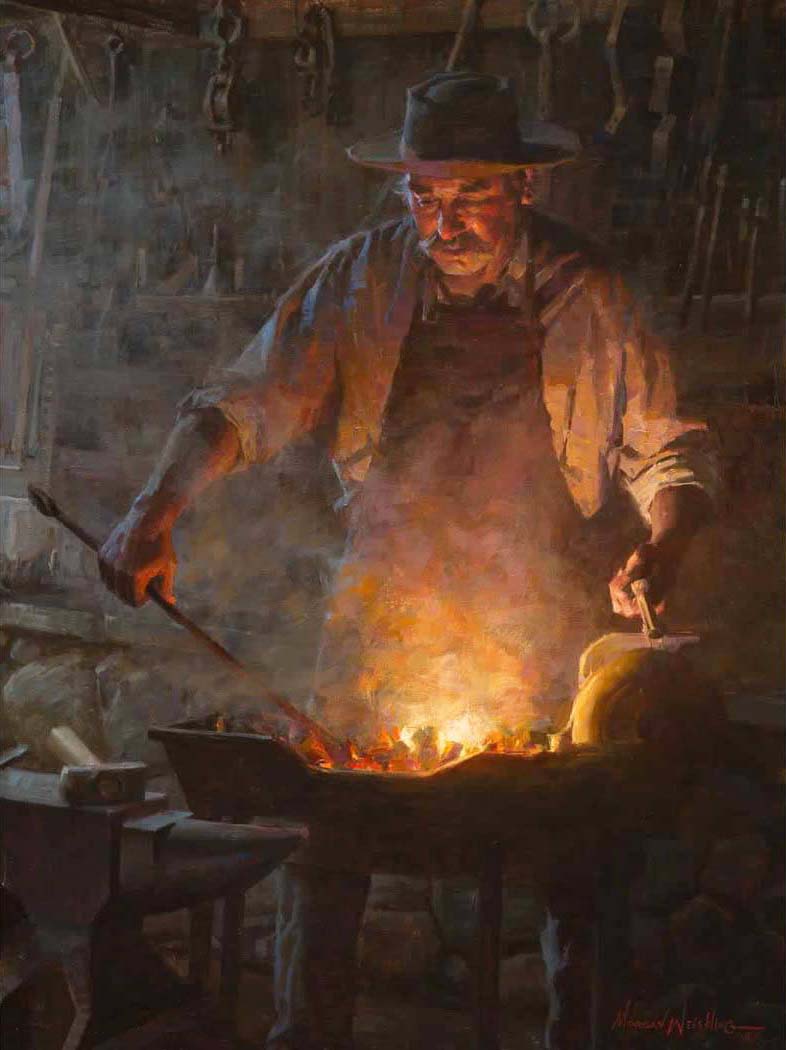

While in Boston, Walker volunteered with the Patrolling Company, a group of civilians which guarded the streets of the city during the escalating violence in the days following the Battle of Lexington. In doing so he had to abandon his “well furnished shop”, barn, and coal house as well as his home. Threatened by the mob violence of Worcester’s patriots, Walker sought sanctuary with the British in Boston. Like Foster, he fled his home in March of 1776, but made the loyalist settlement of Digby his new home. After arriving in Nova Scotia as a refugee in 1776, Edward Foster made Halifax his home.Īdam Walker was another Massachusetts blacksmith who sought refuge in Nova Scotia. When the rebels destroyed Boston’s lighthouse, he volunteered to repair its damaged metal components, finishing the work within two days’ time. “Having undertaken to work for them he could not leave their protection had he been disposed so to do, but says he ever wished well to the British,” Foster later related, “by this circumstance, and his uniform attachment to Great Britain he became obnoxious to the rebels, and was often insulted.”įoster also loyally plied his trade outside of his smithy shop. When British troops first arrived in the capital of Massachusetts, Foster cheerfully tended to their blacksmithing needs. Up until that point in time, Edward Foster had lived in Boston all of his life where he worked with iron “to a great extent”. One of the very first to arrive in Nova Scotia was an evacuee who fled Boston with the British troops in March of 1776.

Loyalist blacksmiths from a variety of American colonies found sanctuary in the Maritime provinces following the revolution. – Ben Franklin’s World: The Freedoms We Lost – JAR: Displaced: The Donation People of 1775 – Atlantic Loyalist Connections: The Adventures of Lt. – Addendum to Review of North to Bondage: Loyalist Slavery in the Maritimes – Four Loyalist Blacksmiths of Nova Scotia, by Stephen Davidson


 0 kommentar(er)
0 kommentar(er)
